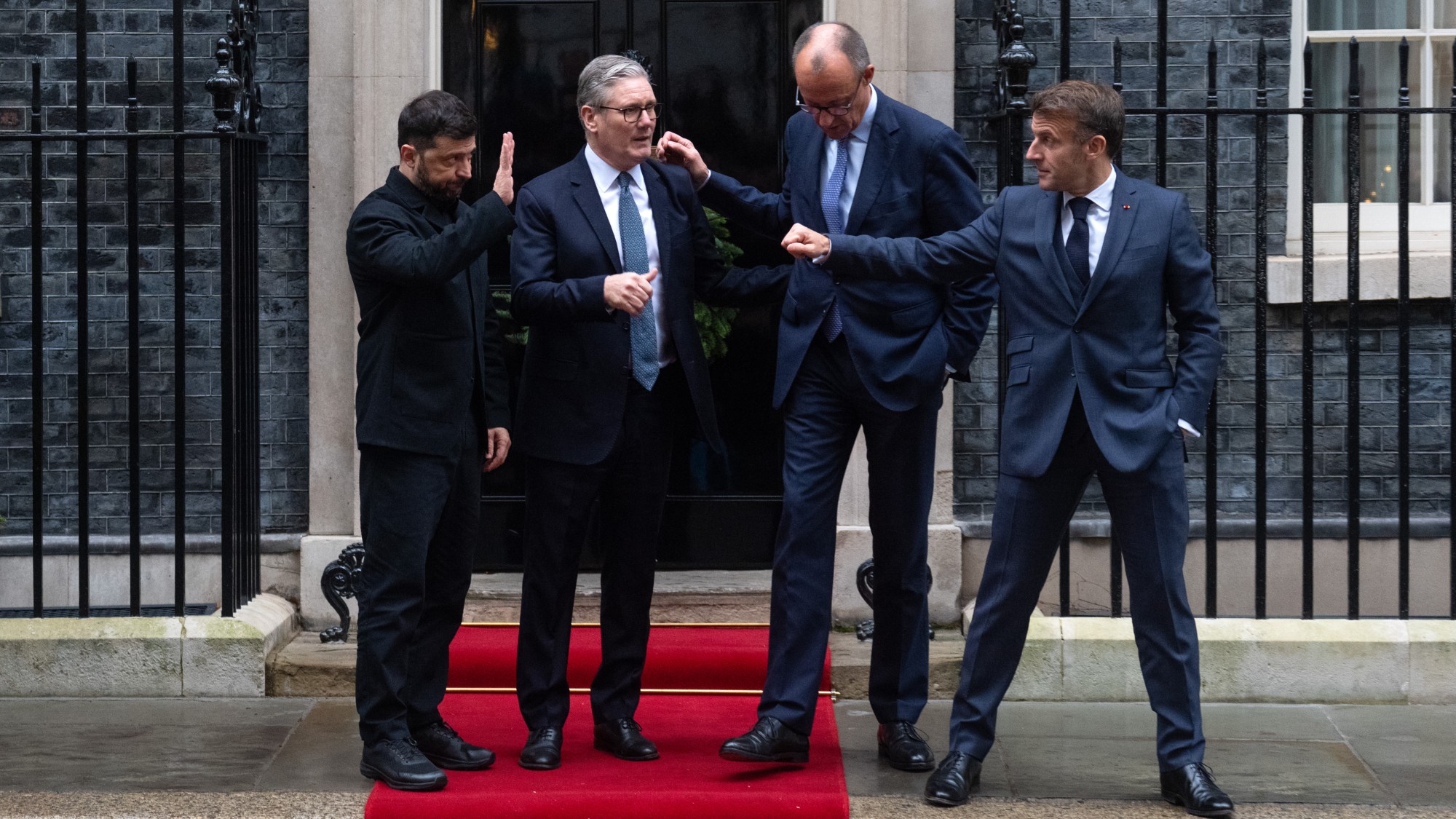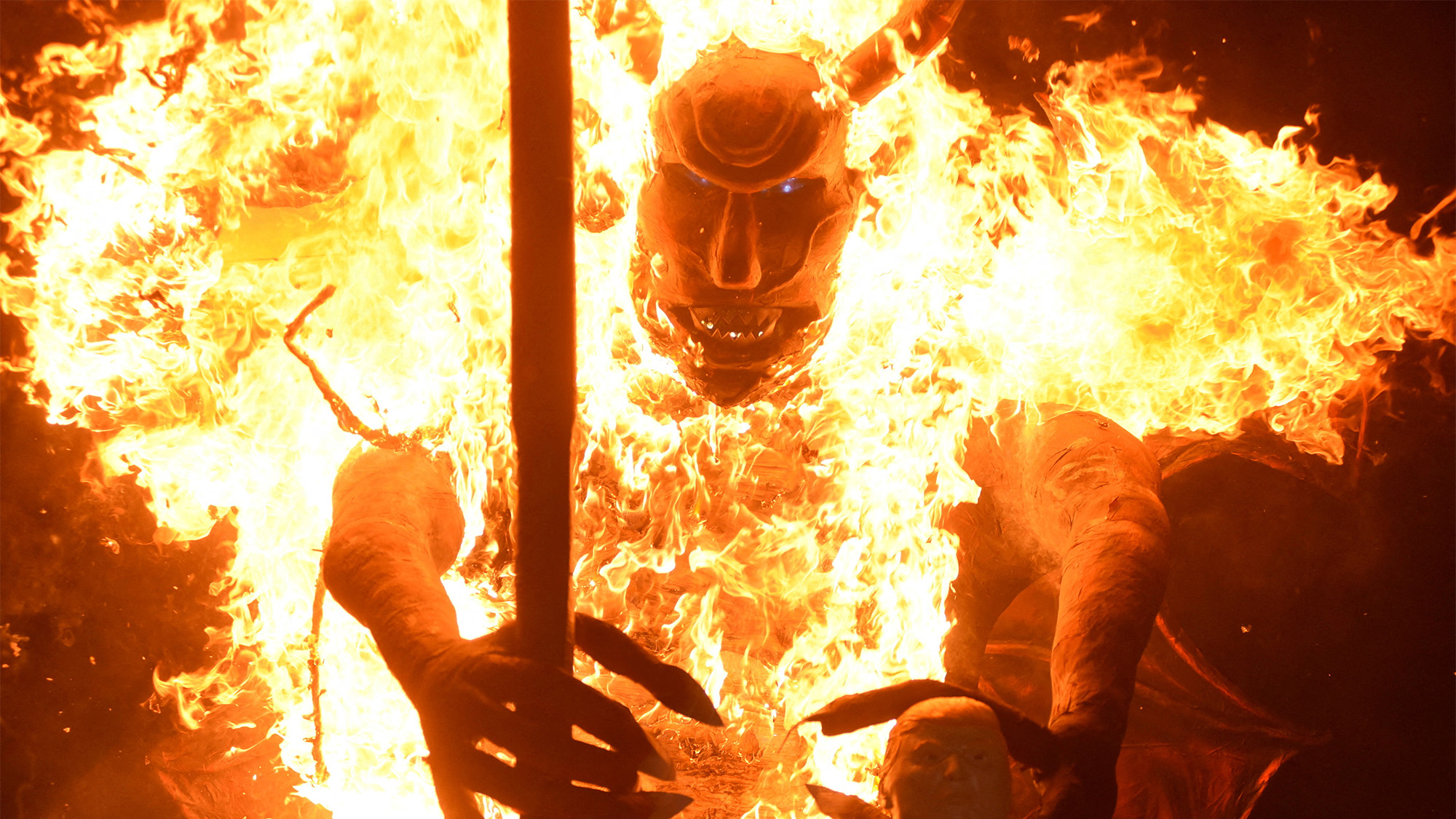How Rogue One made me care about the Star Wars story again
This movie has heart, which is exactly what the series needed

Rogue One: A Star Wars Story fixed almost everything that was wrong with The Force Awakens and (for this viewer, at least) deepened and recontextualized A New Hope, for which it's a kind of prequel. As a bonus, it snapped that old classic into new and urgent focus: Some scenes in the 1977 film will make a lot more dramatic sense than they did before thanks to some surprisingly crafty writing. Basically, Gareth Edwards achieves something those iconic yellow sentences introducing the 1977 film couldn't: He anchors the entire franchise with unforgettable stakes. I care more about Star Wars now, and in ways I hadn't before. That's no small feat for a "standalone film" featuring all new characters.
Not everyone loved it: This unexpectedly divisive movie is missing some of the goofy screwball dialogue of the other films (although Alan Tudyk slays as reprogrammed Imperial droid K-2S0). It doesn't dwell on the planets it visits nearly as much; there are fewer aliens and less in the way of gratuitous but pleasurable races, markets, and taverns. And no lightsabers! On the plus side, its characters aren't quite as dead in the face from being oppressively beautiful, and it has plenty that fans love in a Star Wars movie: X-wings, aggrieved British droids, epic violence, Death Star anxiety, Empire wardrobe malfunctions, thrilling cameos, Easter eggs, and cheesy CGI. Most importantly, though, it has heart. J.J. Abrams' reboot was a charming but superficial remake. Rogue One captures and develops the epic yearning and philosophical difficulty of the original series' DNA.
The plot is deceptively simple: It follows a group of rebels desperate to interfere with the Empire's plans to complete the Death Star. But its real subject is the rebels' spiritual conundrum. It's about how — not if — you'll compromise your morals while navigating a collapsing system mired in war. Edwards wanted to interrogate Star Wars' tendency to equate rebels with good guys, and he delivers — there are clear parallels, for example, between "radical extremist" Saw Gerrera (Forrest Whitaker) and Vader. Without succumbing to the empty logic of bothsiderism, Rogue One recognizes that rebels aren't typically plucky and irreverent upstarts; they're born from trauma and desperation and violence. They're awkward and strange. Idealists who can't afford to be saints, they're tortured by things they've done and their only hope is that it will be worthwhile. Victory is synonymous with redemption. That pain and that particularly tense hope is gorgeously and intelligently dramatized here, largely by Diego Luna (of Y Tu Mama Tambien) who plays Cassian, a rebel since he was six years old.
The Week
Escape your echo chamber. Get the facts behind the news, plus analysis from multiple perspectives.

Sign up for The Week's Free Newsletters
From our morning news briefing to a weekly Good News Newsletter, get the best of The Week delivered directly to your inbox.
From our morning news briefing to a weekly Good News Newsletter, get the best of The Week delivered directly to your inbox.
As for our hero Jyn Erso, Felicity Jones reminds me just a little of Mark Hamill. Both are good-looking people whose buck-toothed awkwardness makes them weirdly convincing as reluctant leads. I wasn't sold on Jones in the previews — she seemed far too soft-spoken to rabble-rouse — but then, so did Hamill. I've been converted, both by Jones' unsuspected ferocity and by a confrontation between Erso and Cassian that followed a skirmish in Eadu. Without going into details, I'll just note that it was nicely written, both because it addressed the giant question of what moral clarity even means in times of war, and because its apparent dramatic resolution turned out to be false. Erso proved, in that exchange, that she was worth following.
It's interesting that the last two Star Wars movies have so closely orbited A New Hope. J. J. Abrams' The Force Awakens was ostensibly a "reboot" and a sequel. Instead, it so closely paralleled the first film that it functioned as a kind of cultural growth chart. The results were grim. The pros: We let women and black men be Star Wars heroes now (some of us do, anyway), and that's progress of a sort. The cons: Our indifference to human suffering is off the charts. A New Hope featured the destruction of a single planet, Alderaan, and its destruction was marked and mourned by Obi-wan, who felt a disturbance in the Force "as if millions of voices suddenly cried out in terror and were suddenly silenced." Nobody, by contrast, seemed to mourn or feel much besides "that's a shame" when nine planets were destroyed in The Force Awakens. It's not a pretty portrait of how far we've come: In 2015, Star Wars explosions were bigger, the death count was astronomically greater, and we cared a great deal less.
That's why Rogue One is such an important and welcome corrective. Edwards respects death more than he respects spectacle. He makes it count. He wanted to tell a story about the grunts on the ground — about the little people who live on these planets. Thanks to him, the horrors of the Death Star feel real instead of merely narrative or worse, cool. (I'm almost tempted to read a scene where Tarkin and Krennic admire the Death Star at work as a winking critique of The Force Awakens, which chose to show the equivalent of several holocausts at a similarly cold and beautiful remove. We don't even learn the names of all the annihilated planets.)
Scale has always been a challenge for Star Wars. How do you balance a dynastic story about Skywalker fathers and sons against a story about entire rebel armies and Empires and intergalactic systems of government? One answer might be: You don't. The family stuff will always overshadow the suffering of the anonymous hordes. The fighters will always be a garnish to the melodramatic main course.
A free daily email with the biggest news stories of the day – and the best features from TheWeek.com
A Star Wars film shorn of most of its Skywalkers could, on this understanding, be dull indeed. Some critics have complained of exactly this, and objected that Rogue One's ragtag group of rebels wasn't sufficiently differentiated to make us care about them. All I can say is that this wasn't my experience. The blind monk Chirrut Îmwe (Donnie Yen) had me from the first moment he appeared onscreen, and that was partly a function of his close friendship with Baze Malbus (Wen Jiang). Baze doesn't say much, it's true, but I'd say the same of Chewbacca. Riz Ahmed's jittery Bodhi Rook felt remarkably specific to me, and his own struggles with complicity and betrayal felt pointedly distinct from Cassian's. (It's a testament to the writing that both men's mentalities were more richly and believably rendered than Finn in The Force Awakens, who seems curiously untormented for an ex-Stormtrooper.)
It's a hard film to discuss without going into spoilers, but Rogue One is a startlingly strong addition to the Star Wars pantheon. Focused and well-plotted, the film indulges in the franchise's usual explosions and epic battle scenes, but it understands casualties and causality and the ugly compromises of war too, and knits individual arcs into the larger stakes without thoroughly mangling both. Above all, though, it understands what Star Wars was going for not just visually — though it certainly gets that right — but ethically. It does more than return to the original series, it buttresses it and makes the whole thing stronger.
Lili Loofbourow is the culture critic at TheWeek.com. She's also a special correspondent for the Los Angeles Review of Books and an editor for Beyond Criticism, a Bloomsbury Academic series dedicated to formally experimental criticism. Her writing has appeared in a variety of venues including The Guardian, Salon, The New York Times Magazine, The New Republic, and Slate.
-
 Will there be peace before Christmas in Ukraine?
Will there be peace before Christmas in Ukraine?Today's Big Question Discussions over the weekend could see a unified set of proposals from EU, UK and US to present to Moscow
-
 Quiz of The Week: 6 – 12 December
Quiz of The Week: 6 – 12 DecemberQuiz Have you been paying attention to The Week’s news?
-
 The week’s best photos
The week’s best photosIn Pictures A man's best friend, the elephants in the room, and more
